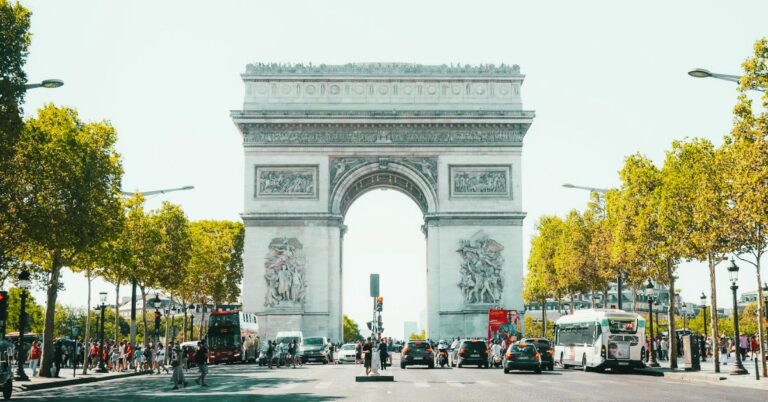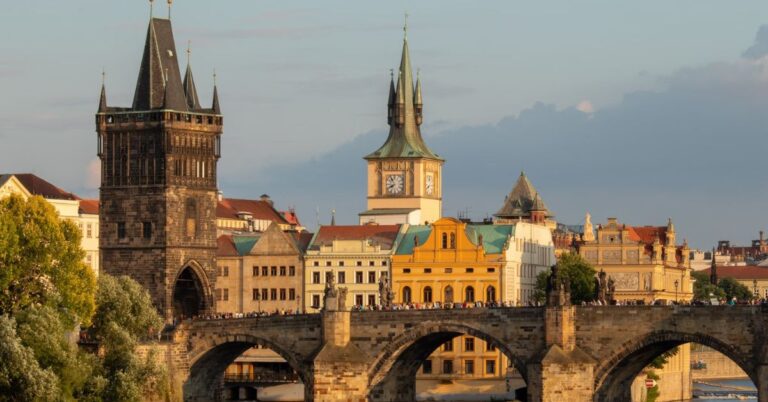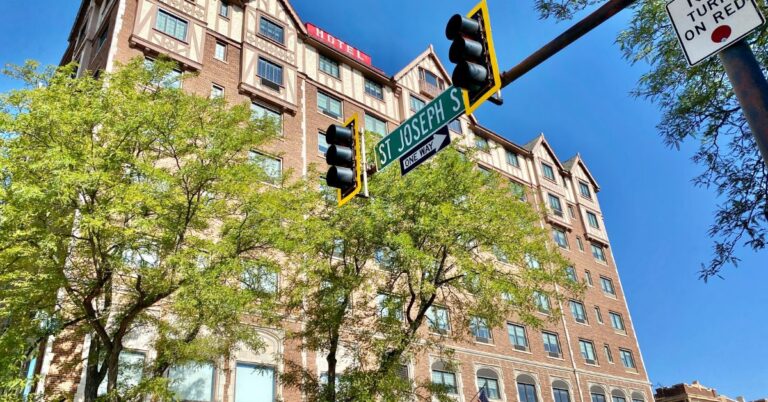Planning A Trip? 25 Ways Tokyo And Seoul Compare
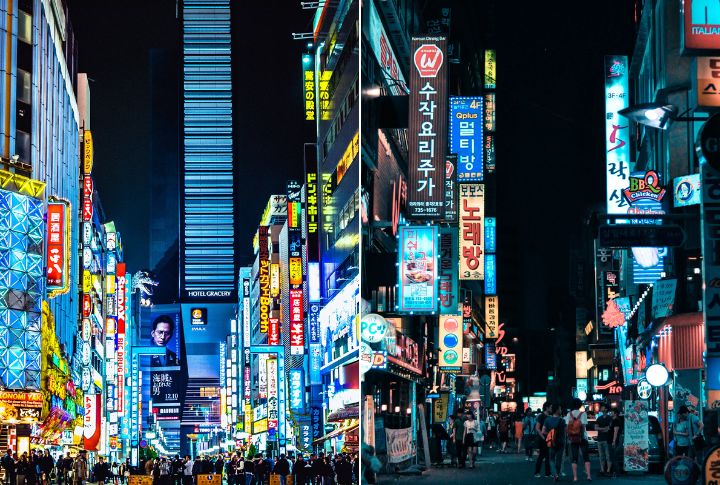
Tokyo buzzes with quiet precision. Seoul pulses with confident flair. Both cities leave strong impressions, yet they unfold in strikingly different ways. One moment feels cinematic, the following intensely local. Choosing between them can be half the fun. Here are some insights to help you choose your next destination.
Airport Arrival Sets The Tone
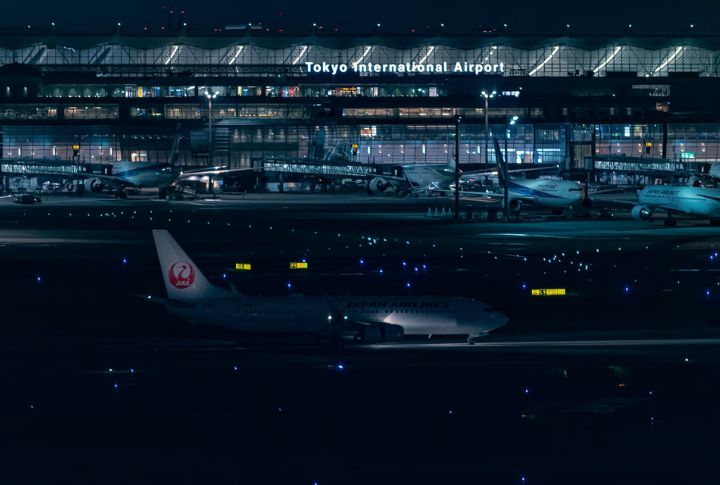
Flying into Seoul usually means landing at Incheon International, which is known for smooth transfers, shopping, and even cultural performances. Tokyo has two main airports: Haneda is closer to the city, while Narita is farther out. Your first impression typically starts at the airport, and each one shapes the journey differently.
Street Vibes Hit Different
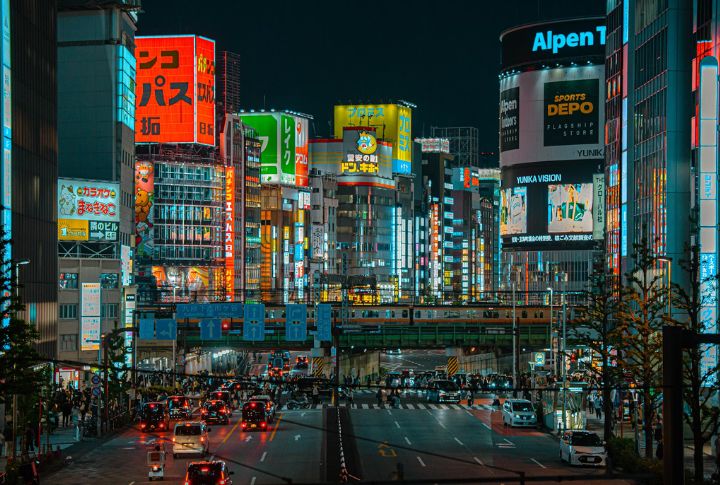
Walking around Tokyo can feel serene even in packed neighborhoods, thanks to low noise levels and tidy streets. Seoul hums with stronger energy, where music blares and street style turns heads. Each city sets a distinct tone that hits you right away.
Getting Around Is A Breeze
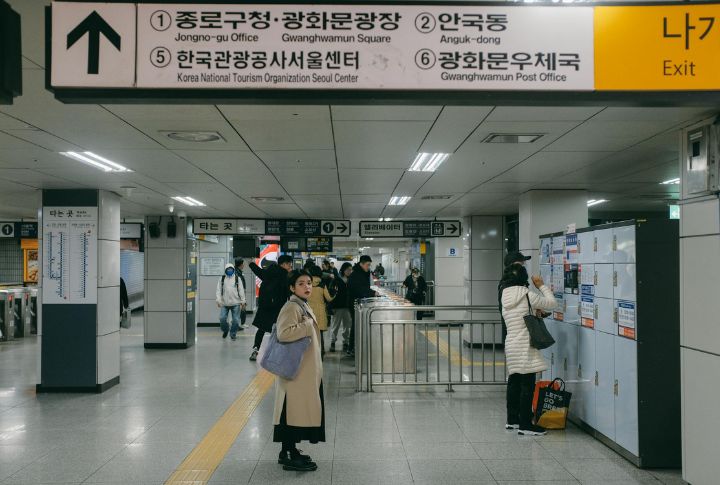
The two cities have world-class subway systems, though Tokyo runs with almost clockwork precision. In Seoul, apps like KakaoMap and T-money cards simplify the ride for everyone. Getting around is easy either way, though Seoul’s signs and announcements tend to be more English-friendly.
Late-Night Eats? Seoul Stays Up
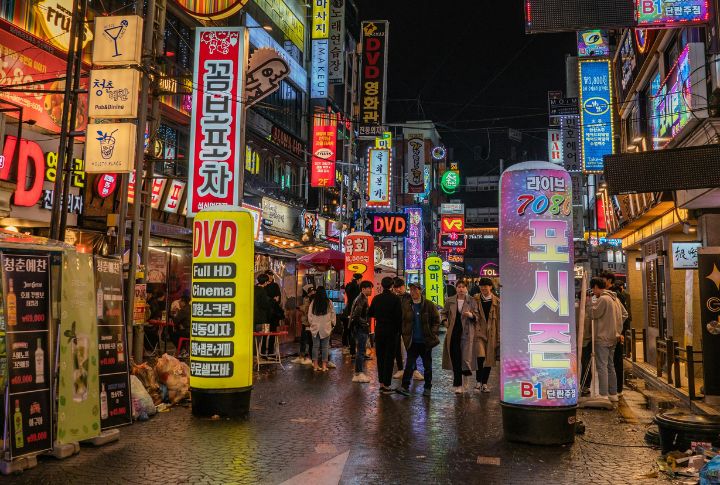
Craving something savory after midnight? Seoul’s streets stay lively late into the night, with sizzling barbecue on one corner and fried chicken drawing crowds steps away. Tokyo quiets down earlier, though you’ll still find ramen shops and convenience stores stocked with late-night snacks.
Language Barriers Vary
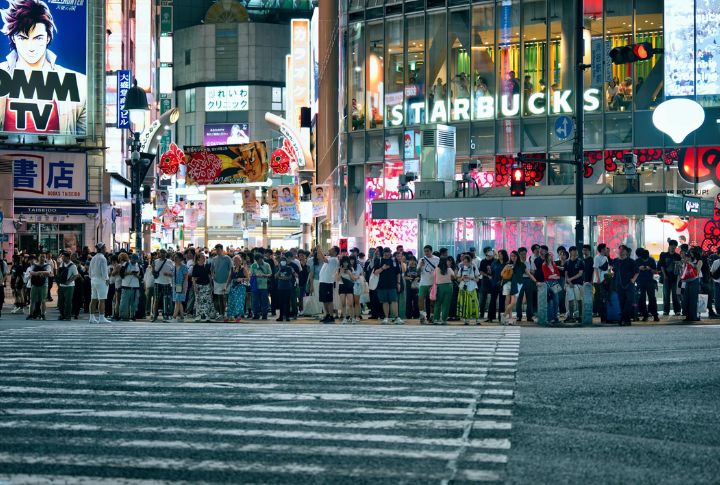
English speakers find Seoul slightly easier, thanks to translated menus and locals who are used to international visitors. In Tokyo, communication sometimes depends on hand gestures or Google Translate. Neither city requires fluency, but Seoul may feel more accessible.
Temple Vs. Palace Vibes
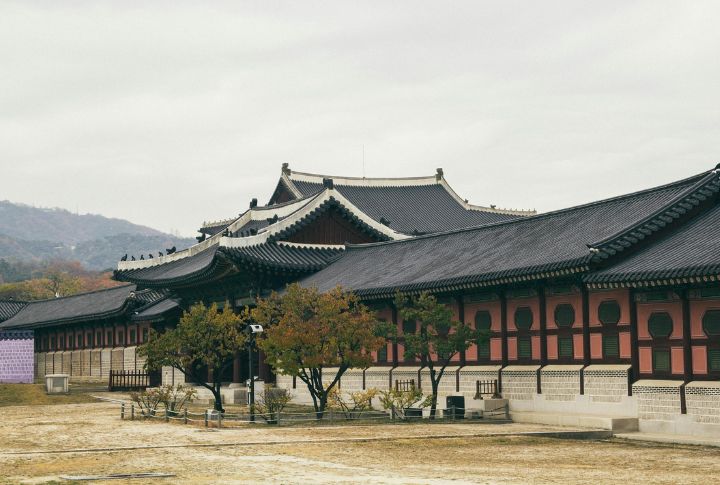
Historical sites shine in both capitals, but they showcase different eras. Like Meiji Jingu, Tokyo’s shrines and temples offer peaceful forested escapes. Seoul’s restored royal palaces, such as Gyeongbokgung, showcase regal architecture with bold color and ceremonial flair.
Pop Culture Takes Its Own Shape
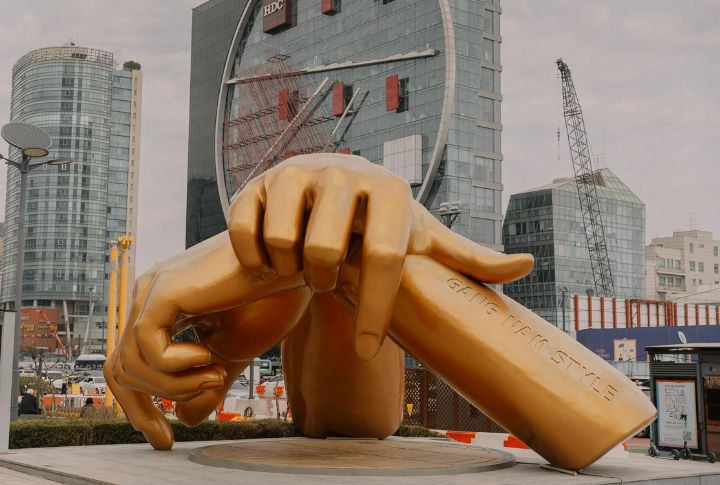
Anime fans will find merch shops, themed cafes, and street fashion reflecting their favorite characters. While Seoul leads in global K-pop fame, its pop culture hotspots often target tourists. In Tokyo, it feels more like stepping into someone’s everyday life than a staged experience.
Wi-Fi Access Isn’t Equal
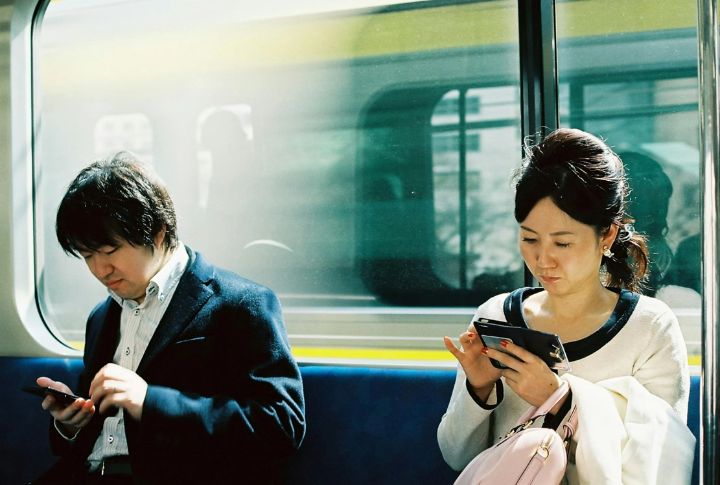
Public Wi-Fi in Seoul is widespread and reliable, even in buses and parks. Tokyo has improved its network, but free hotspots still require login hoops or limited access. For travelers who rely on connectivity, Seoul makes it easier to stay online without hassle.
Access To Green Spaces Varies
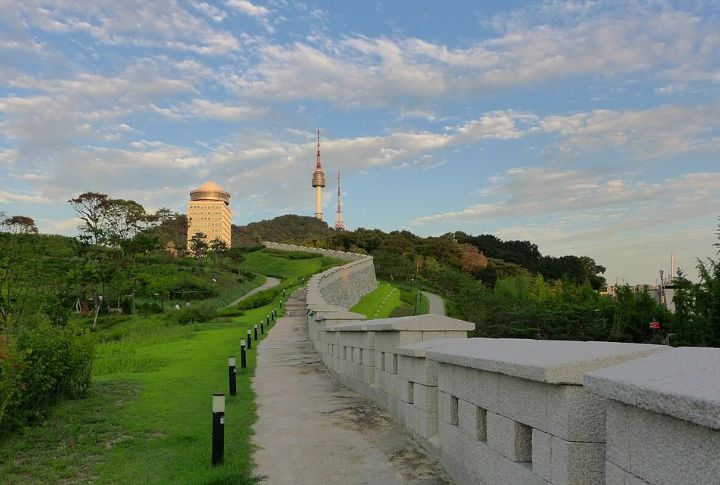
Green spaces pop up often in Tokyo, from quiet gardens hidden between buildings to shady corners of neighborhood parks and winding paths near the river. Seoul has great green escapes, too, like Namsan and Hangang Park, but they’re spaced farther apart. If spontaneous nature strolls matter, Tokyo has a slight edge.
Beauty Trends Stand Apart
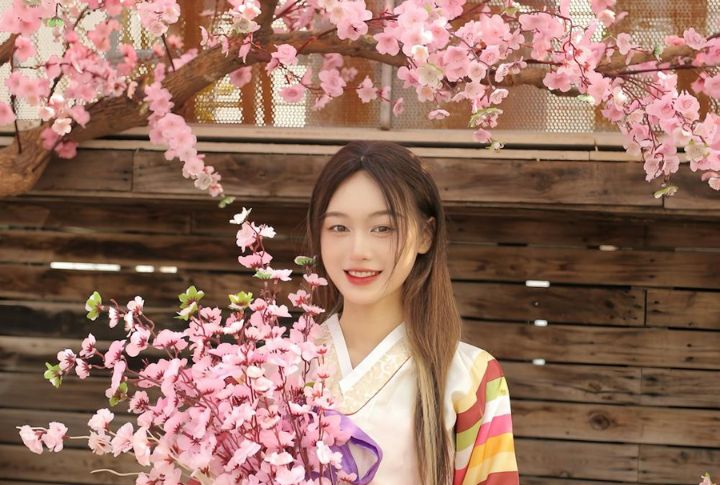
Skincare routines and cosmetics are big in both cities, but Seoul’s beauty culture leans high-tech and trend-driven, with new products launched constantly. Tokyo’s approach leans minimalist and natural, with brands using gentle ingredients and emphasizing long-term care. Beauty fans might notice the shift immediately.
Cash Vs. Card Culture
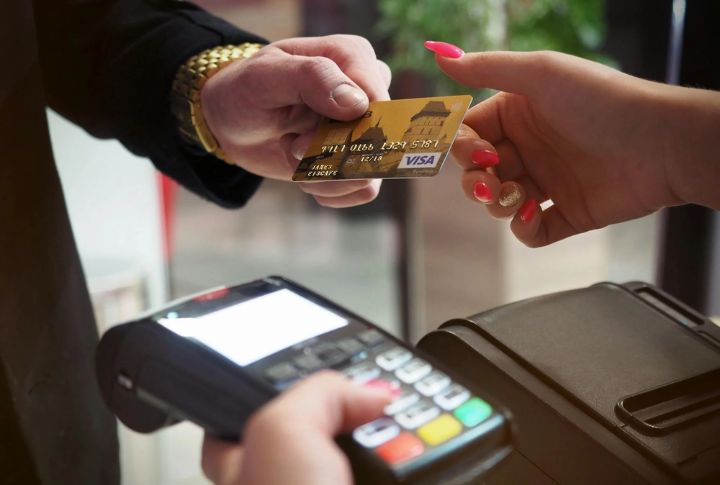
Credit card payments are easy in Seoul, even for small purchases or street snacks. In Tokyo, cash still dominates in many places, especially mom-and-pop shops. Both cities are safe for carrying money, but visitors might want to stash more yen than expected.
Shopping Becomes An Adventure
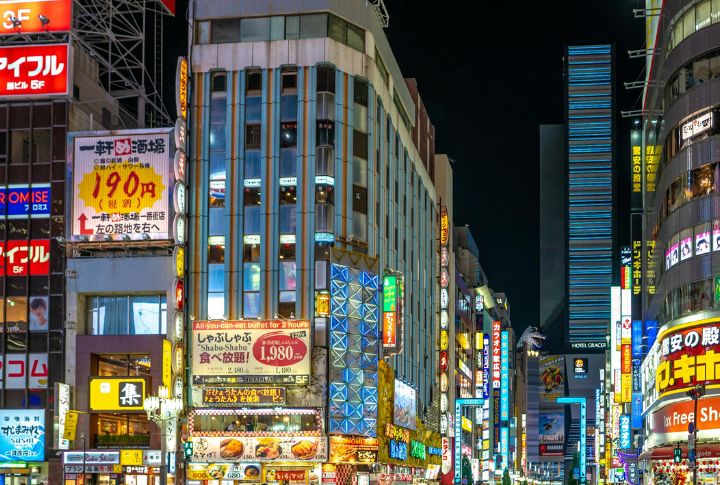
In Seoul, shoppers head underground to explore massive mall networks beneath subway stations. Tokyo counters with themed department stores and a mix of unusual shops, from niche boutiques to buzzing electronics hubs. The experience always surprises; Seoul leans trendier, while Tokyo turns up finds you didn’t know you needed.
Cafes Come With A Twist
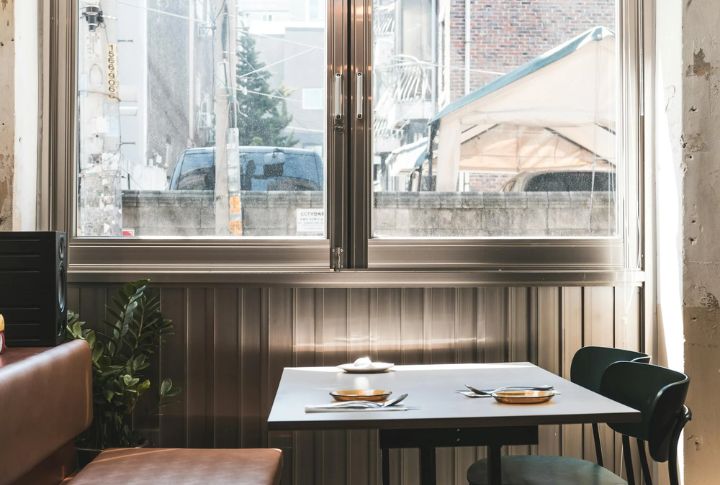
Seoul’s cafe scene is stylish and social, with picture-perfect desserts and sleek interiors. In Tokyo, cafes often revolve around specific themes, like animals or vintage trains, turning a simple coffee stop into something more playful or unexpected. Whether you’re chasing cute or quirky, both places go beyond just coffee and a table.
Food Culture Rewards Curiosity

Trying unfamiliar dishes is half the fun. Tokyo’s dining scene is rooted in tradition and technique, while Seoul brings bold flavors and shared meals. Each bite tells a different story, from sushi counters to sizzling hot pots. Curiosity pays off in both places.
Seasonal Events Go Big

The cherry blossom season is magical in the two urban centers, but Japan prefers tranquil picnics and scenic strolls. Seoul’s seasonal festivals might feature a light show one night and a lively market the next, with surprises around every corner. No matter when you visit, there’s a good chance the city will celebrate something.
Day Trips Add To The Fun
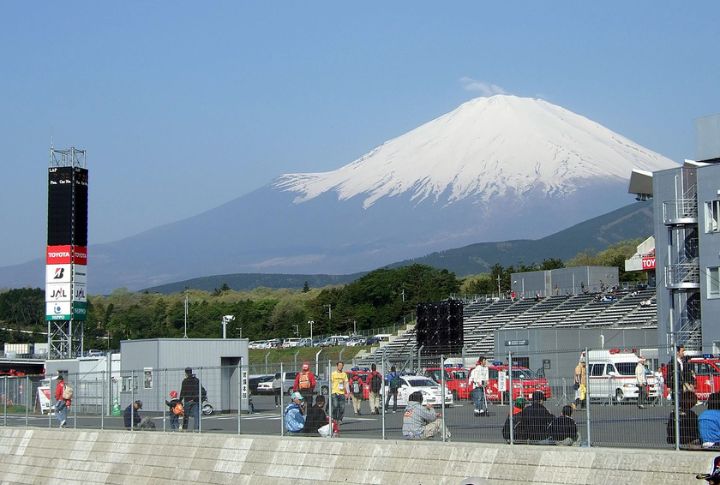
Mount Fuji and historic Kamakura are just train rides from Tokyo, giving visitors easy access to nature and history. From Seoul, quick trips to Incheon’s seaside or the DMZ offer a fresh perspective. Short trips are easy to reach from either place, allowing you to slow down or see something new.
Museum Time Hits Differently
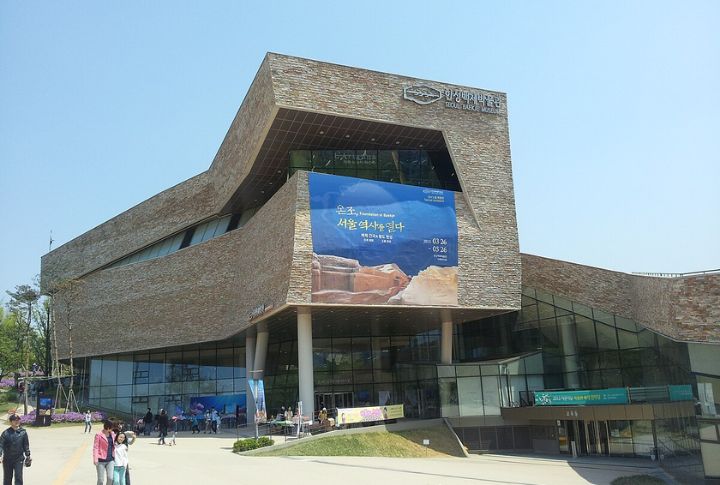
Tokyo’s museums invite quiet focus, often designed with minimalism in mind. Soft lighting and carefully curated displays bring everything from ancient armor to beloved animation to life. Seoul, by contrast, leans into interactive exhibits and tech-forward design, using multimedia and bold visuals to engage visitors.
Locals Dress The Part
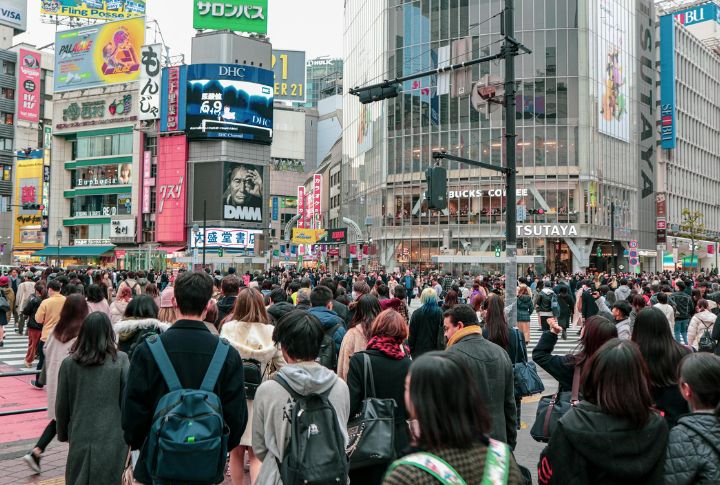
Streetwear trends catch the eye in both cities, but the style codes vary. Seoul’s fashion has polished, modern looks, often worn with intention and matching accessories. Tokyo invites a freer style, with bold outfits and playful subcultures usually seen around Harajuku.
Nightlife Sets The Tone
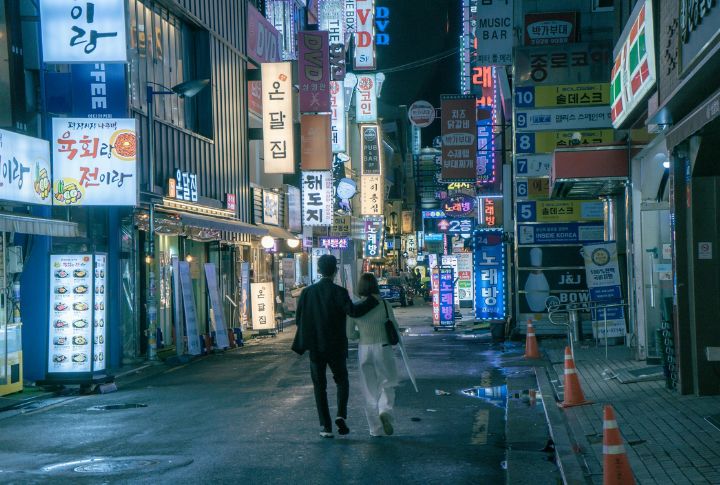
Bar-hopping in Seoul often revolves around soju-fueled nights, neon-lit karaoke rooms, and lively crowd energy. Tokyo nights might begin in a cozy izakaya and lead to narrow alley bars or quiet streets glowing under neon signs, where each corner adds something different to the evening.
Locals Approach Strangers Differently

As a visitor, Seoulites are more likely to strike up a quick chat or lend a hand without hesitation. In Tokyo, people tend to be polite but reserved, especially with foreigners. Neither feels unwelcoming, but the social temperature runs warmer in Seoul.
Tech Plays A Quiet Role
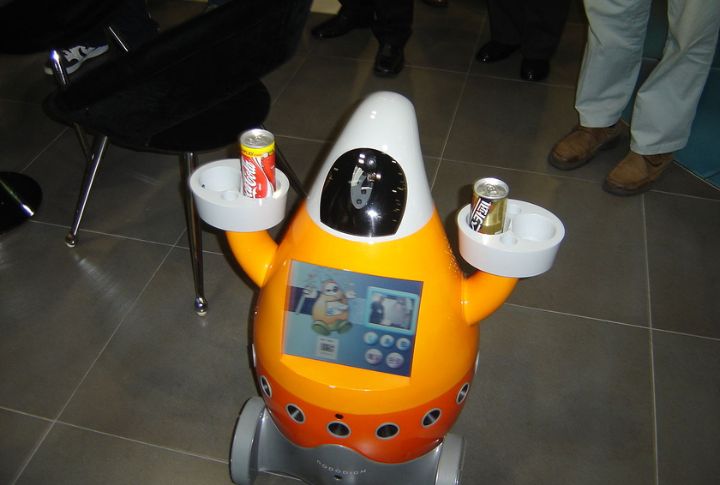
The two capitals pulse with technology, yet they appear in distinct ways. In nearly every service, Seoul’s streets buzz with giant LED displays and mobile integration. Tokyo weaves innovation more subtly—robots might guide you in a hotel lobby, but paperwork and fax machines still linger in surprising places.
Food Markets Speak To The Soul
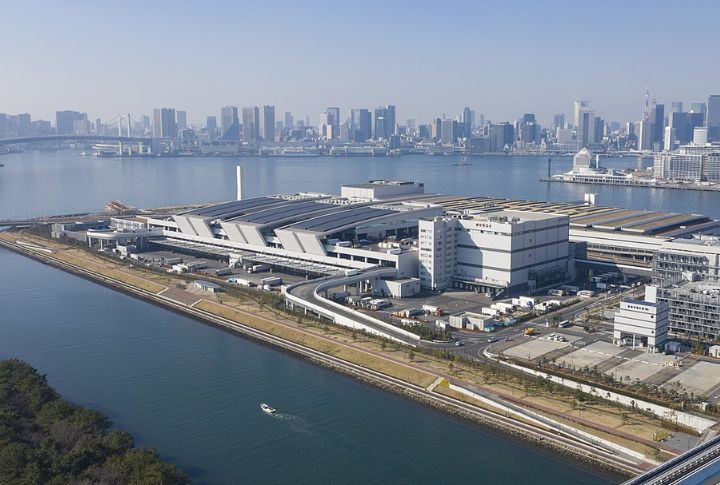
Morning visits to Tokyo’s Tsukiji or Toyosu markets reveal a focus on precision, freshness, and culinary tradition. In Seoul, Gwangjang and Namdaemun markets hum casually, where vendors call out, and sizzling pans draw steady crowds eager for a bite. Every dish says something about where you are, even when you don’t speak the language.
Cleanliness And Public Behavior Stand Out
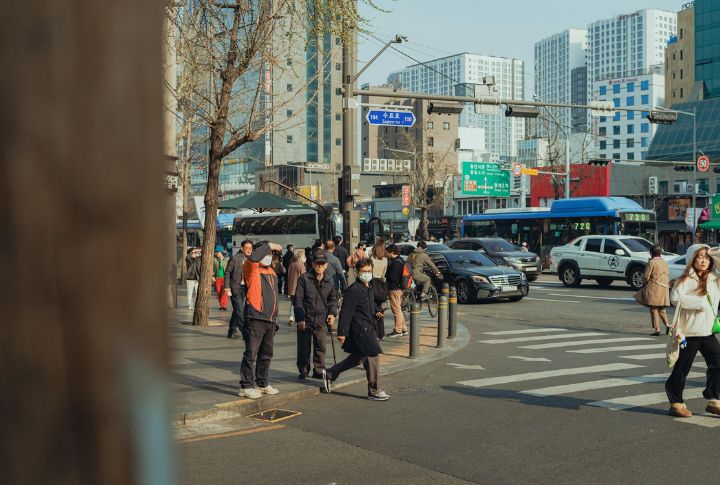
Rules around public conduct stand out in Tokyo, where streets stay spotless without visible trash bins, and silence is respected on trains. Seoul allows more noise and bustle but remains tidy overall. Travelers regularly mention how both cities feel orderly, though each city’s sense of structure takes its own shape.
Cultural Etiquette Matters

Small gestures carry weight in both places, though they differ by culture. Bowing and removing shoes are common in Tokyo, while age-based speech and gestures guide interactions in Seoul. As a traveler, learning a few local habits will help you show respect and connect easily with local customs and daily life.
Weather Plays Favorites At Different Times

Spring and fall are ideal in these two major metros, but the seasons behave differently. Tokyo gets more humidity in summer and occasional snowfall in winter. Seoul experiences colder winters with bright skies and summer rains that come and go. So, it’s important to time your visit to either destination. Proper planning is key to a wholesome travel experience.


